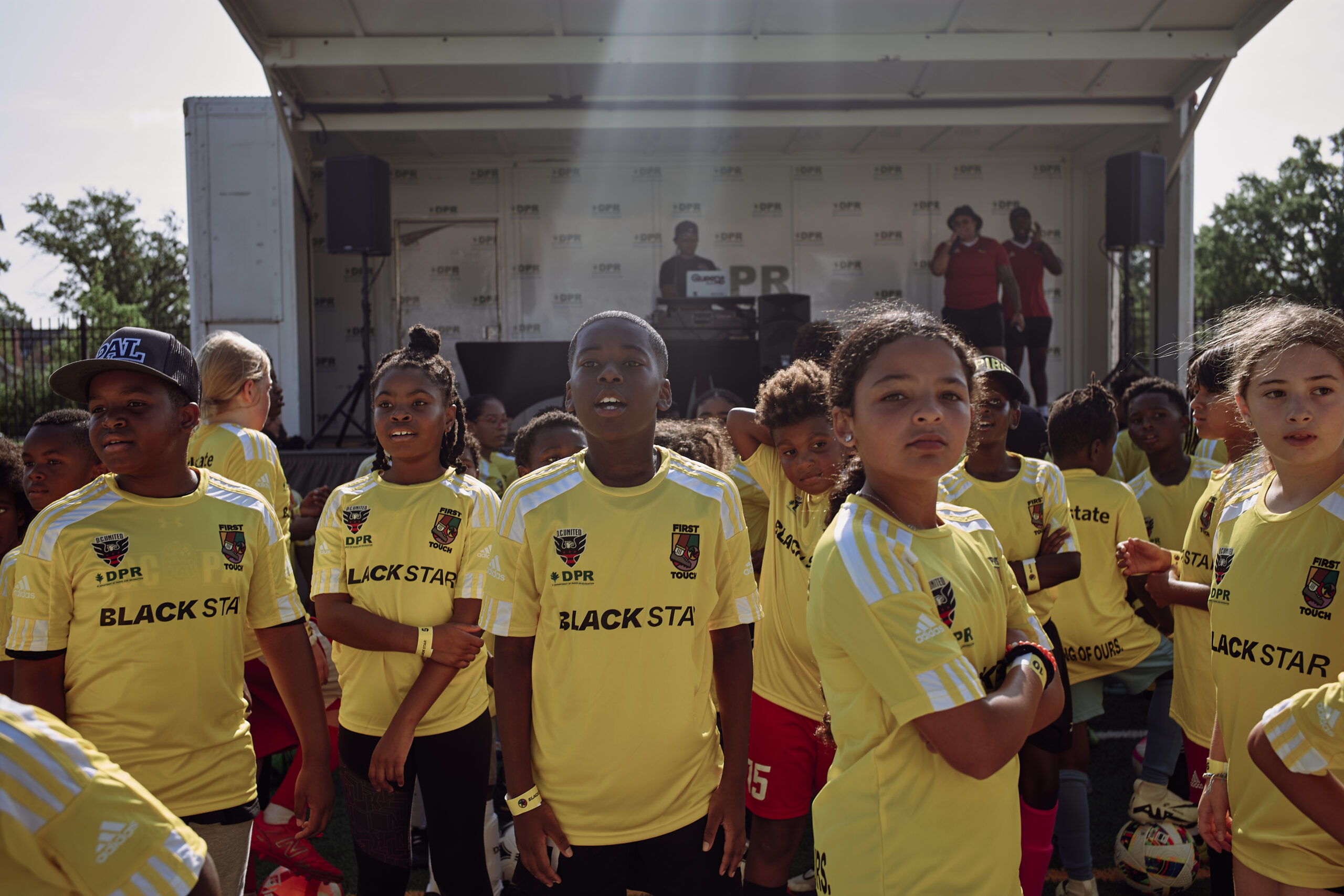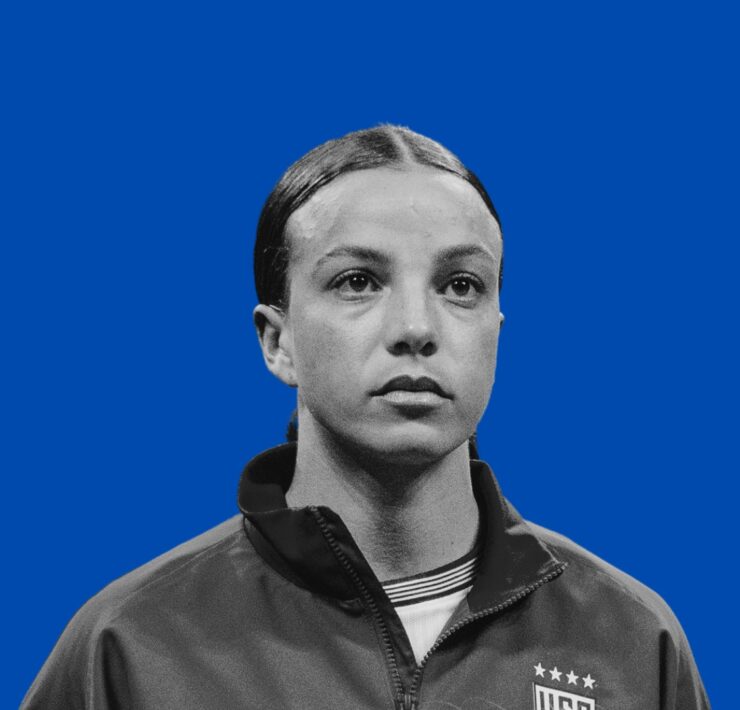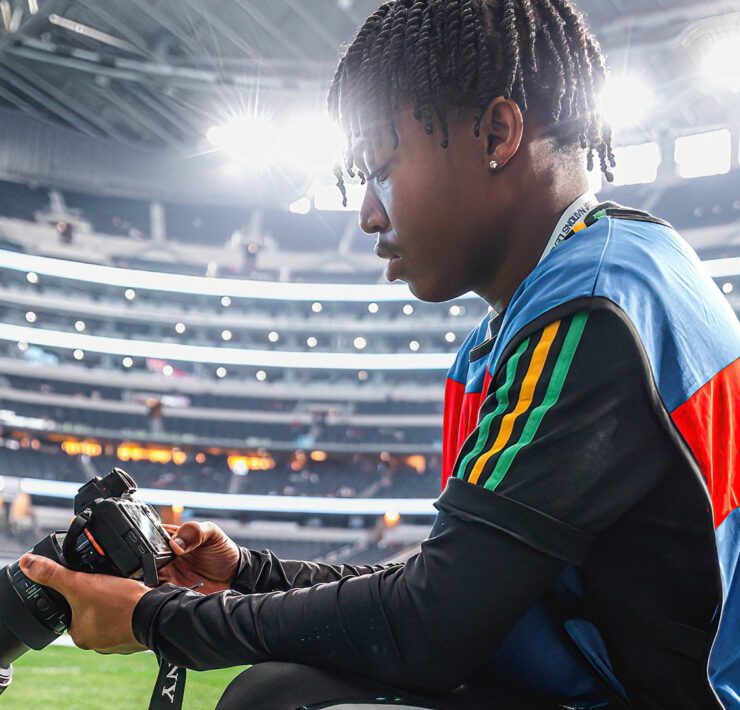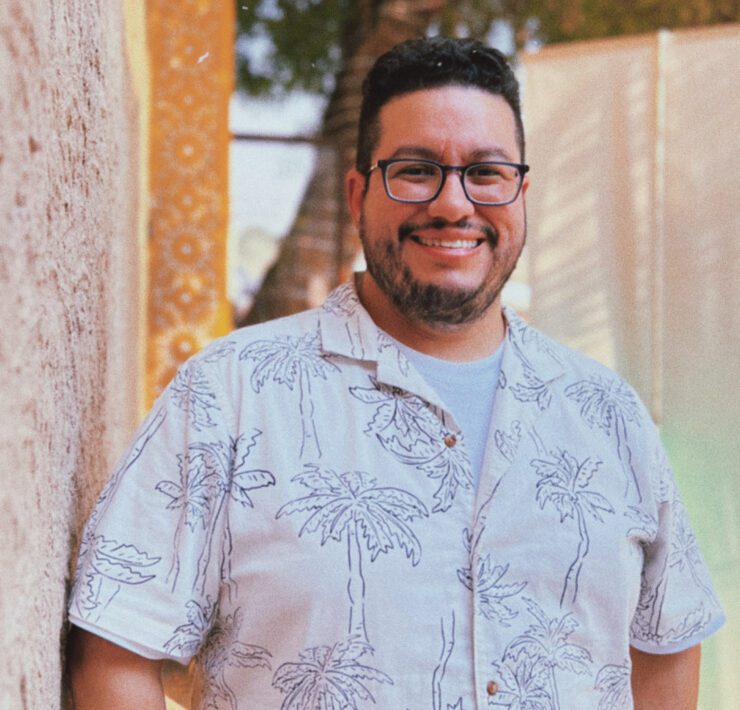Mariah is a professional soccer player for Adelaide United and…
In the past 6 months, I’ve had:
A family member pass away from an alcohol-related disease.
A family member attend rehab for drug and alcohol misuse.
In the past week, I’ve found out:
A close friend entered rehab for alcohol use disorder.
A close friend realized that they have an unhealthy relationship with alcohol after crashing their car while under the influence.
My childhood best friend passed away after an accidental overdose.
. . .
28.8 million adults in the United States (about 11% of the population) have struggled with alcohol use disorder in the past year, which leads me to think that one of the statements above may also apply to you or someone you know– whether we like to talk about it or not.
Today, I am going to talk about it. Because something’s that come up over and over again while talking to some of those friends is how unaware we are of the distinction between healthy and unhealthy substance use.
For brevity’s sake, this blog’s focus will be on alcohol. I’ll begin with definitions: alcohol use disorder (AUD) is an umbrella term that refers to alcoholism, alcohol abuse, and alcohol dependency. Alcohol misuse refers to single episodes when a person drinks excessively. According to the CDC, excessive drinking is defined as 15 drinks or more a week for men and eight drinks or more a week for women.
When alcohol misuse occurs repeatedly over time and begins to impact a person’s health and life, it crosses over to AUD. The disorder is on a spectrum with mild, moderate, and severe categories.
For example, mild AUD is when you’ve experienced two or more of the following in the last year:
- had times when you ended up drinking more, or longer than you intended
- wanted to cut down or stop drinking, or tried to, but couldn’t
- spent a lot of time drinking, being sick, or getting over other after-effects
- wanted a drink so badly you couldn’t think of anything else
- found that drinking — or being sick from drinking — often interfered with taking care of your home or family, or caused job or school problems
- continued to drink even though it was causing trouble with your family or friends
- given up or cut back on activities that were important or interesting to you, or gave you pleasure, in order to drink
- gotten into situations while or after drinking that increased your chances of getting hurt (such as driving, swimming, using machinery, walking in a dangerous area, or having unsafe sex)
- continued to drink even though it was making you feel depressed or anxious, or adding to another health problem, or after having had a memory blackout
- had to drink much more than you once did to get the effect you want, or found that your usual number of drinks had much less effect than before.
- found that when the effects of alcohol were wearing off, you had withdrawal symptoms such as trouble sleeping, shakiness, restlessness, nausea, sweating, a racing heart, or a seizure, or you sensed things that were not there
Binge drinking, a type of alcohol misuse, is when a woman has four or more drinks, or a man has five or more drinks, within about 2 hours. Over time, alcohol misuse, including repeated episodes of binge drinking, contributes to a multitude of deadly diseases and contributes to certain types of cancer.
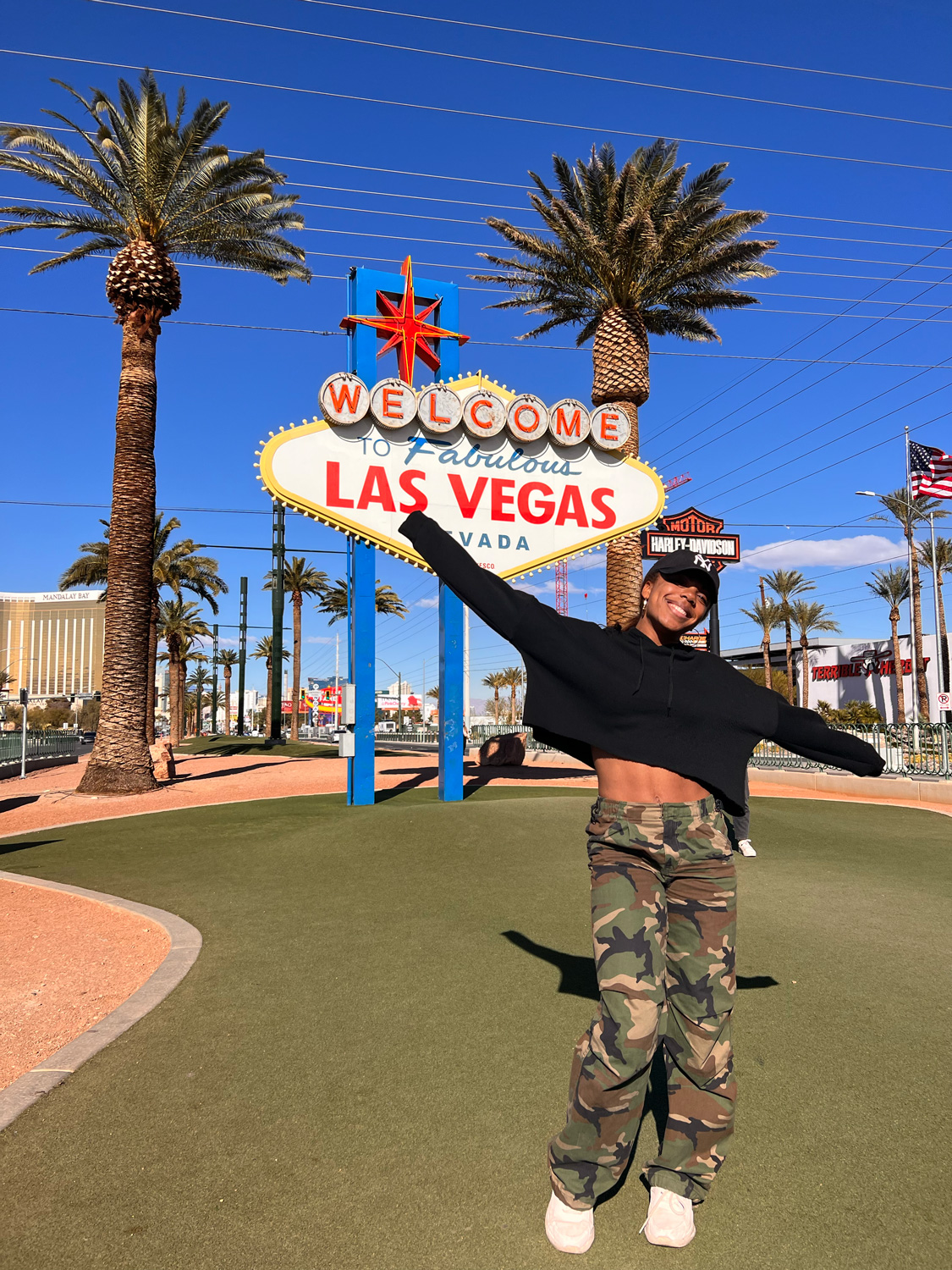
Binge drinking is most common among college students, and even more common among student-athletes. Studies suggest that American collegiate athletes consume more alcohol, and in a more hazardous manner, than NARPS (Non-Athlete Regular People *wink wink*), as alcohol consumption is a cornerstone of post-game celebration or commiseration in college sporting culture. As someone who didn’t drink in high school, like most Americans, college is where my thinking around drinking was informed and my habits were formed. Therefore, binge drinking after a win was normalized.
Since college, I’ve noticed that almost all of my non-athlete friends drink considerably more than my teammates. As a young professional it seems as though all social outings involve drinking. After-work drinks? Happy Hour? Boozy boating? Boozy brunch? Bottomless mimosas? Drunk trivia? Paint and sip?
When I’m in-season I just say no. (Or I’m halfway across the world and don’t get asked). I typically only have a drink if we have the following day off. But when I’m home, the FOMO starts to hit and the drinks start to pile up. 8 drinks in one week? 3 outings with my friends and I’ve surpassed it— easy. And just like that, I end up in the excessive drinking category.
I don’t think about it much until my yearly physical hits and Doc asks how much alcohol I consume, and of course, in weeks such as this one. My hope is that outside of being entertained this piece prompts you to reflect.
At the start of 2023, after being home for a couple of months and numerous outings with my non-athlete friends I saw an Instagram post about Dry January, a month-long challenge to refrain from drinking. I thought this may actually do me some good, and took the plunge. Before I sign off I’ll leave you with my 10 takeaways in case you’re considering shaking things up (and I’m not talking about a martini, hehe). Enjoy!
- I am a very social drinker. It’s hard for me to say no to drinking without an “excuse”. Dry January was a great excuse but moving forward having boundaries (for ex. only consuming 2 nights a week) will better enable me to say no. Also– knowing what type of drinker you are can help you formulate practices to help you stick to your goals.
- My abs have never been better! If anyone is trying to lose weight, the first thing I’d recommend is cutting all alcohol and sticking to water/zero-calorie drinks. If I were to do this again I would add on the additional parameters.
- Drinks are the biggest money grab at bars and restaurants. Your wallet will thank you for cutting back! (And this is coming from a woman).
- Mocktails aren’t quite worth the price, but they do look really cute! The drink aesthetic also may put the person with you at ease if they insist on “not drinking alone”.
- My go-to drink while out: ginger beer. If you’re the type of person (like me) who wants to drink something, ginger beer is a nice alternative. It’s bitter enough that you can kind of trick your brain into thinking it’s a drink.
- 1st and 2nd dates without alcohol took some getting used to. Getting drinks is standard but be upfront and offer another activity. Coffee, walk, cafe, museum, bookstore, record store, arcade… I honestly think experiences make better dates!
- While out, if you don’t want people constantly asking why don’t you have a drink in your hand, then put a drink in your hand. Every bartender will pour you up a tonic with lime in two seconds flat.
- Celebrations were a bummer. I missed drinking the most when celebrating my friends and family on special occasions. It wasn’t all rosy, but after all, it was a practice in self-discipline.
- People respect people who are bettering themselves! If your friends are the type that pressure you to drink even after you’ve stated your goals, you may want to reevaluate those relationships.
- For whoever needs to hear this– you can have fun without alcohol!! My January was amazing. I went out dancing, vacationed, enjoyed shows–all sober– and had a blast!
Mariah is a professional soccer player for Adelaide United and a freelance writer. She holds a B.A. from Stanford University and a M.S. from the Wake Forest School of Business.


